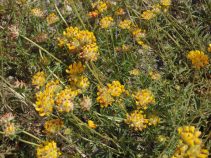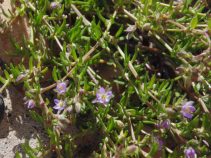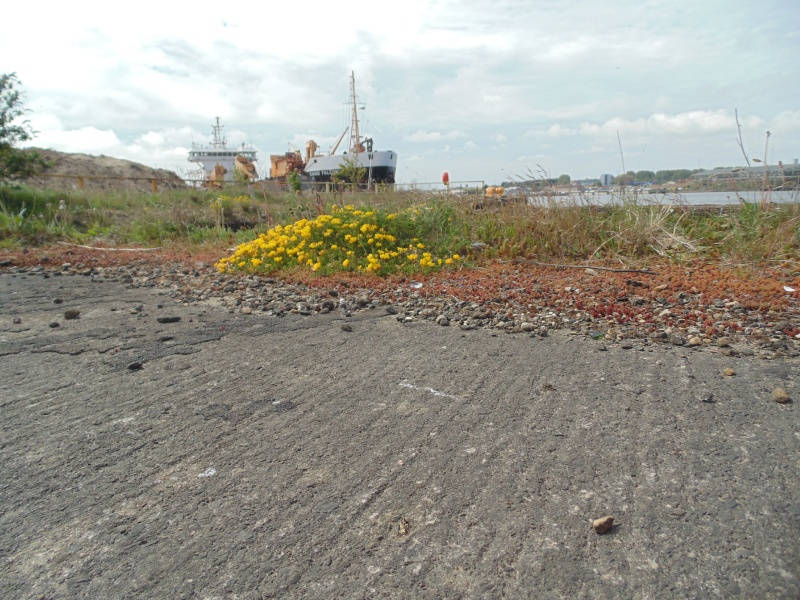James Garbutt, AQM at Jarrow Wharf, thought it would be good to get involved in the Species 100 initiative. The wharf, which sits in the heart of industrial Tyneside, is also beside a very busy Port. So, we were a little uncertain as to what we might find but taking the time to check threw up some surprising and unexpected results.
 No chemicals are used on site, most notably pesticides, and this allows pollinators to thrive. You’ll easily spot bumblebees and butterflies including Holly and Common Blues. This has led to a thriving plant community.
No chemicals are used on site, most notably pesticides, and this allows pollinators to thrive. You’ll easily spot bumblebees and butterflies including Holly and Common Blues. This has led to a thriving plant community.
Among the wildflower species spotted on site is Kidney Vetch, Yellow Rattle and Giant Knapweed. It was a real surprise to find a Bee Orchid growing in rough grassland – although the species is not endangered it is quite rare.
 Also, on the dock side Caucasian Stoneycrop – normally found in southern Finland and likely to have been transported with grain ships travelling to Tyneside from the Baltic. It highlights the benefits CEMEX sites offer biodiversity, including those in urban settings
Also, on the dock side Caucasian Stoneycrop – normally found in southern Finland and likely to have been transported with grain ships travelling to Tyneside from the Baltic. It highlights the benefits CEMEX sites offer biodiversity, including those in urban settings
